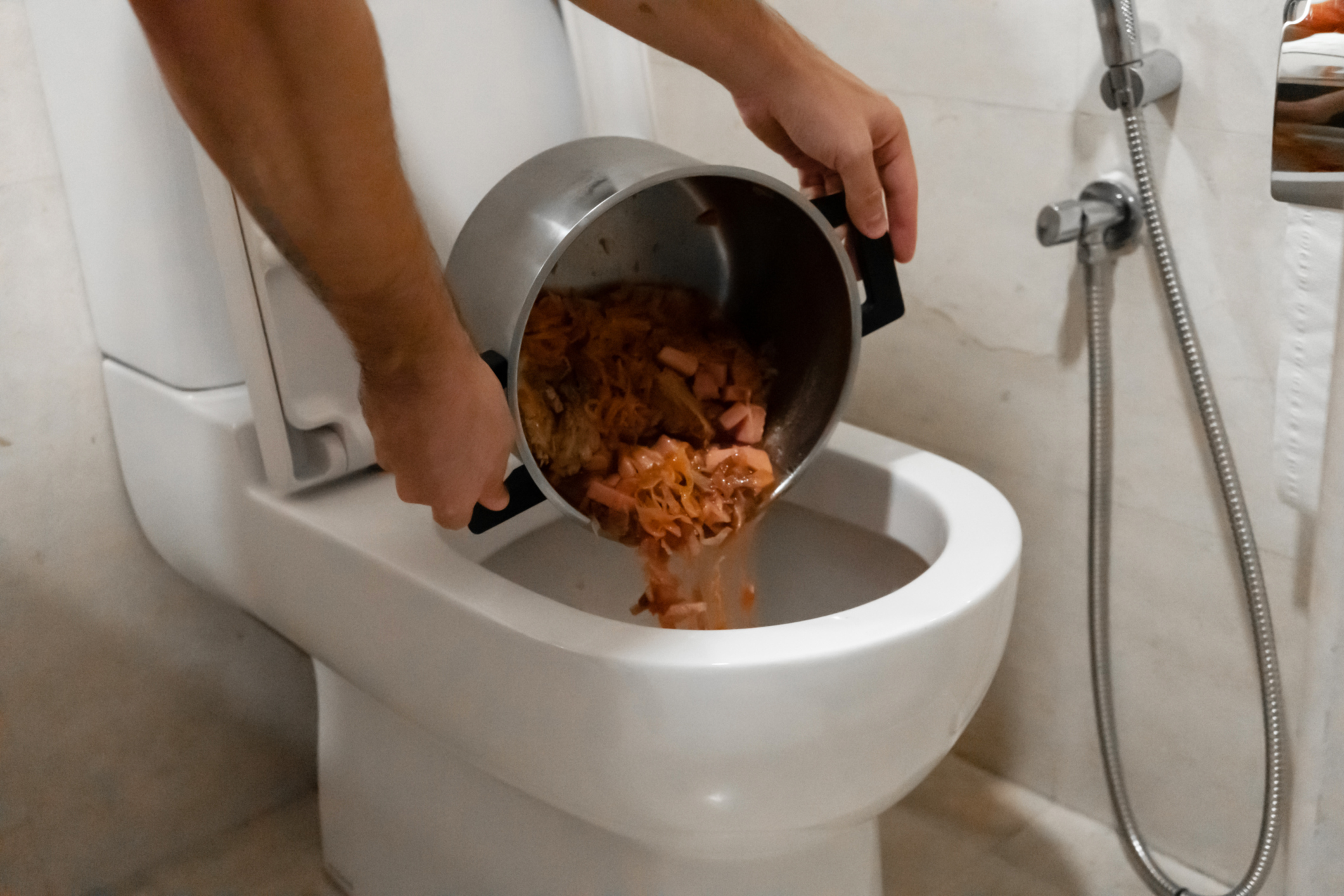They are making a number of good annotation relating to Think Twice Before Flushing Food Down Your Toilet overall in this article down the page.

Introduction
Many people are typically faced with the issue of what to do with food waste, specifically when it comes to leftovers or scraps. One common question that emerges is whether it's alright to flush food down the toilet. In this write-up, we'll look into the reasons that individuals may take into consideration purging food, the effects of doing so, and alternative methods for proper disposal.
Reasons why people may take into consideration flushing food
Lack of understanding
Some individuals might not know the possible damage brought on by purging food down the bathroom. They might mistakenly think that it's a safe method.
Comfort
Flushing food down the bathroom may seem like a quick and easy service to dealing with unwanted scraps, specifically when there's no close-by garbage can readily available.
Idleness
In some cases, individuals may simply select to flush food out of sheer idleness, without taking into consideration the effects of their actions.
Effects of flushing food down the bathroom
Environmental effect
Food waste that winds up in rivers can contribute to pollution and damage water communities. In addition, the water used to flush food can strain water resources.
Plumbing problems
Flushing food can result in clogged up pipes and drains pipes, creating expensive plumbing repair services and inconveniences.
Sorts of food that should not be purged
Fibrous foods
Foods with coarse structures such as celery or corn husks can get entangled in pipes and cause obstructions.
Starchy foods
Starchy foods like pasta and rice can take in water and swell, leading to clogs in pipes.
Oils and fats
Greasy foods like bacon or food preparation oils ought to never ever be purged down the bathroom as they can strengthen and cause obstructions.
Correct disposal methods for food waste
Making use of a garbage disposal
For homes outfitted with garbage disposals, food scraps can be ground up and flushed with the pipes system. However, not all foods are suitable for disposal in this manner.
Recycling
Specific food packaging materials can be reused, decreasing waste and lessening ecological influence.
Composting
Composting is a green method to take care of food waste. Organic products can be composted and made use of to enrich soil for horticulture.
The relevance of correct waste administration
Minimizing environmental injury
Appropriate waste administration methods, such as composting and recycling, help decrease pollution and maintain natural deposits for future generations.
Securing plumbing systems
By avoiding the method of flushing food down the bathroom, property owners can prevent costly plumbing repair services and keep the honesty of their plumbing systems.
Final thought
Finally, while it might be appealing to flush food down the toilet for benefit, it is necessary to comprehend the prospective effects of this action. By adopting correct waste monitoring methods and taking care of food waste sensibly, individuals can add to much healthier pipes systems and a cleaner setting for all.
FLUSH FOOD DOWN THE TOILET?
FLUSHING FOOD CAN CAUSE BLOCKED DRAINS IN YOUR HOME
All of the plumbing fixtures in your home are connected to the same sewer pipe outside of your home. This outdoor sewer pipe is responsible for transporting all the wastewater from your home to the Council sewer mains. Even small pieces of food that go down the kitchen sink can cause problems for your sewer. It should therefore be obvious that flushing larger bits of food, such as meat, risks a clog in either the toilet itself or the sewer pipes. Flushing greasy food is even more problematic because oil coagulates when it cools, coating the interior lining of your pipes.
THE TOILET IS NOT A BIN
Food isn’t the only thing that people shouldn’t be flushing down the toilet. People use the toilet to dispose of all kinds of things such as tampons, makeup wipes, dental floss, kitty litter and even underwear. Water goes to great lengths to educate residents about the high costs and stress placed on wastewater treatment systems simply from people flushing the wrong stuff down the toilet. It costs taxpayers millions of dollars each year, and homeowners thousands in blocked drain repairs.
FLUSHING FOOD IS A WASTE OF WATER
Flushing food is a waste of our most precious resource - water. In June this year Level 1 water restrictions were introduced to protect water supply from drought conditions. Much of New South Wales continues to be affected by prolonged drought with recent figures revealing up to 97 per cent of the state remains in drought. Depending on whether you have a single or dual flush toilet, every single flush uses between five and 11 litres of water. In the current climate this is a huge amount of water to be wasting on flushing food that should be placed in the bin (or better yet, the compost).
https://www.jabplumbingsolutions.com.au/blog/can-you-flush-food-down-the-toilet

Do you really like more info about ? Create a remark below. We would be pleased to know your reactions about this article. Hoping that you visit us again in the future. Sharing is caring. You just don't know, you could be helping someone out. We recognize the value of your readership.
Source This Article
Comments on “Can You to Dispose of Food Down the Toilet?”